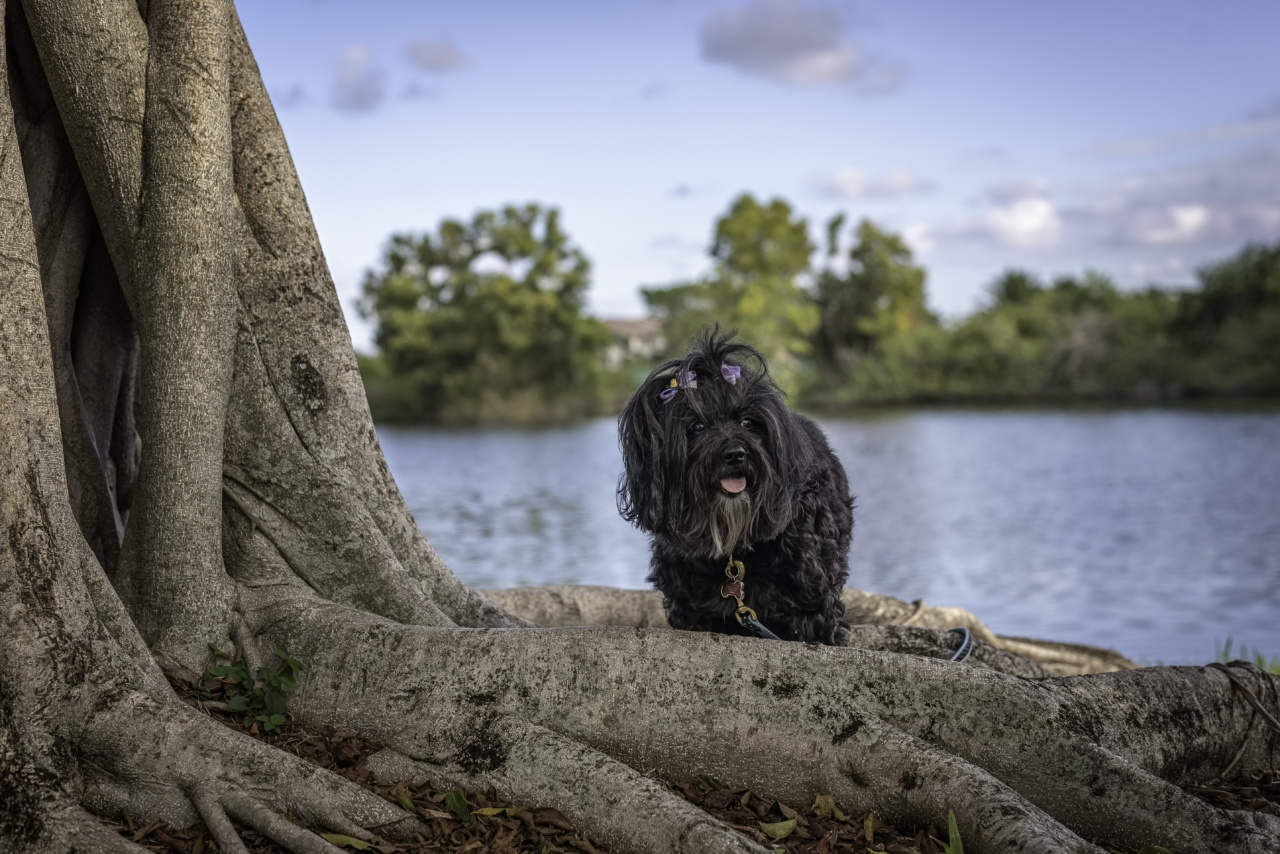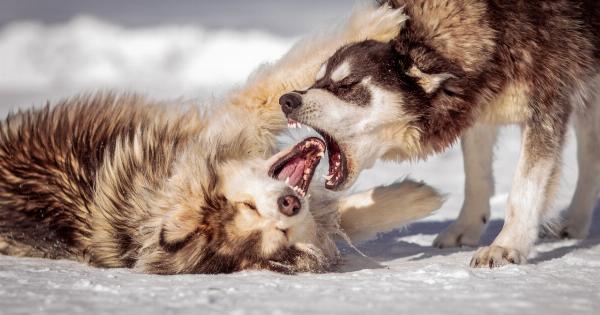Canine aggression is a complex issue that many dog owners have to deal with. It can manifest in various behaviors, such as growling, barking, lunging, or even biting.
Understanding the root causes of canine aggression is crucial for managing and preventing it effectively. In this article, we will explore the factors that contribute to this behavior and discuss strategies to address and mitigate it.
1. Genetic Factors
Genetics play a vital role in a dog’s temperament and predisposition towards aggression. Certain breeds are more prone to displaying aggressive behaviors due to their historical roles, selective breeding, and traits.
For example, some guard dog breeds have been selectively bred for protective instincts, making them naturally inclined to exhibit aggression when they feel their territory or family is threatened.
2. Lack of Socialization
Poor socialization during a dog’s critical development stages can contribute to aggression problems.
Puppies that aren’t exposed to different environments, animals, and people may become fearful or anxious, leading to aggressive responses as a defense mechanism. Proper socialization helps dogs learn to navigate various situations calmly and confidently, reducing the likelihood of aggression.
3. Fear and Anxiety
Like humans, dogs can experience fear and anxiety, which can trigger aggressive behaviors. Fear aggression occurs when a dog feels threatened or cornered, causing them to react defensively.
Separation anxiety, which stems from a dog’s fear of being left alone, can also lead to destructive and aggressive behavior.
4. Frustration and Lack of Exercise
Insufficient physical activity and mental stimulation can result in pent-up energy and frustration, increasing the likelihood of aggression. Dogs are natural athletes and require regular exercise to maintain their mental and physical well-being.
A tired dog is less likely to display aggressive behaviors than one that hasn’t received adequate exercise.
5. Pain or Health Issues
Dogs in pain or suffering from underlying health conditions may exhibit aggression as a way to protect themselves. When in discomfort, dogs may lash out to prevent others from exacerbating their pain.
It is important to monitor your dog’s health regularly and consult a veterinarian if aggression is out of character or sudden.
6. Resource Guarding
Some dogs exhibit aggression when it comes to protecting their valuable resources, such as food, toys, or territory. Resource guarding can escalate quickly, as dogs feel the need to defend what they perceive as theirs.
Proper training and behavior modification techniques can help manage this type of aggression effectively.
7. Lack of Clear Communication
Dogs rely on consistent and clear communication from their owners. Inconsistencies in expectations, confusing commands, or the absence of clear boundaries can lead to frustration and ultimately aggressive behaviors.
Dogs need to understand their role in the household hierarchy and what is expected of them to feel secure and less compelled to resort to aggression.
8. Previous Traumatic Experiences
Dogs that have endured traumatic experiences, such as abuse or neglect, may develop aggression as a defense mechanism. Animals that have been mistreated or subjected to harsh training methods are more likely to exhibit fear-based aggression.
Patient rehabilitation and positive reinforcement training can help these dogs overcome their past and develop trust.
9. Unintentional Reinforcement of Aggression
Owners may unknowingly reinforce aggressive behaviors by rewarding or comforting their dogs when they display signs of aggression.
Offering attention or reassurance when a dog growls or barks in fear or frustration can inadvertently teach them that aggression is an acceptable way to communicate. Positive reinforcement should be focused on calm and non-aggressive behaviors.
10. Lack of Training and Leadership
A well-trained dog is more likely to be well-behaved and less prone to aggression. Dogs thrive when provided with consistent training, structure, and clear leadership from their owners.
A lack of training can lead to dogs feeling uncertain or anxious, potentially resulting in aggressive responses.



























